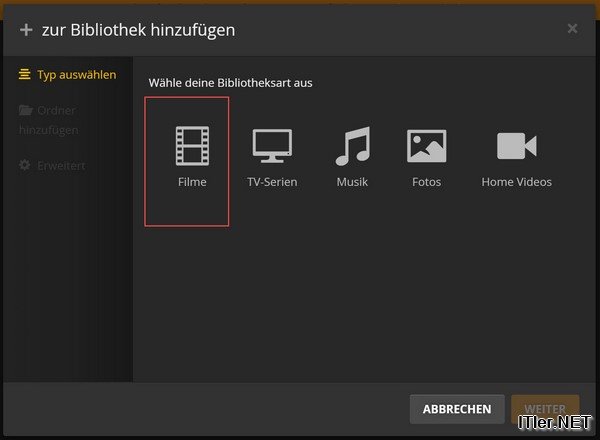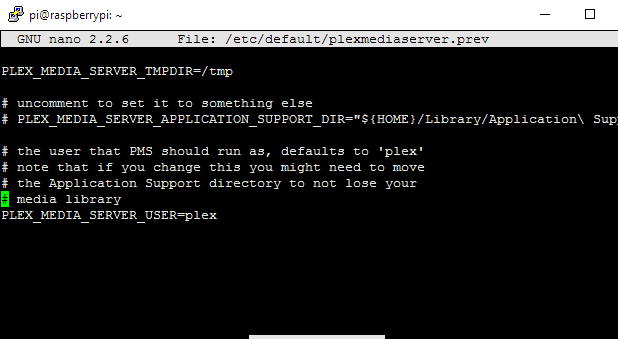

This time, he’s chosen to build a Plex server monitor out of a Raspberry Pi and a 20×4 LCD screen. Plex MonitorĪverage Man (Richard Saville) has been continuing his resurgence into the world of Raspberry Pi. Read a little more about the browser on Vivaldi’s press release. You can download Vivaldi here and then install it using the following command: sudo apt install. Bear in mind, this is an experimental build so it may not be totally stable yet, but if you’re tired of using Chromium or Web/Epiphany, I reckon it’s worth a try.

I haven’t had a chance to have a play on the Pi yet, but I will and I’ll let you know if it’s worth trying. Keyboard Shortcuts and Mouse Gestures for quick browser commands.Unique and customizable look and feel of the browser interface with custom Themes and more.Powerful History overview that lets users explore their browsing patterns, backed by statistics and visual clues.Built-in functionality such as the screenshot Capture tool, Notes and Image Properties.Side Panel with easy access to bookmarks, downloads, a “tree-style” access to tabs, notes, browsing history and websites of users’ choice.Advanced tab management – ability to group, tile, move and pin tabs.It’s a bit different to other browsers and boasts the following ‘headline’ features: Now, it is available for the Raspberry Pi. Launched in 2016, the Vivaldi web browser has been available for Windows, Mac and Linux for some time. This can be anything from finding out the distance to another town or city to playing music. These devices, which are normally purchased from Amazon, allow you to issue voice commands and get an AI-generated response. Over on HowChoo, Jeremy has written a great tutorial which steps you through the process of linking your Raspberry Pi up to an Amazon Developer account and then installing the necessary software to create an Alexa device.


 0 kommentar(er)
0 kommentar(er)
